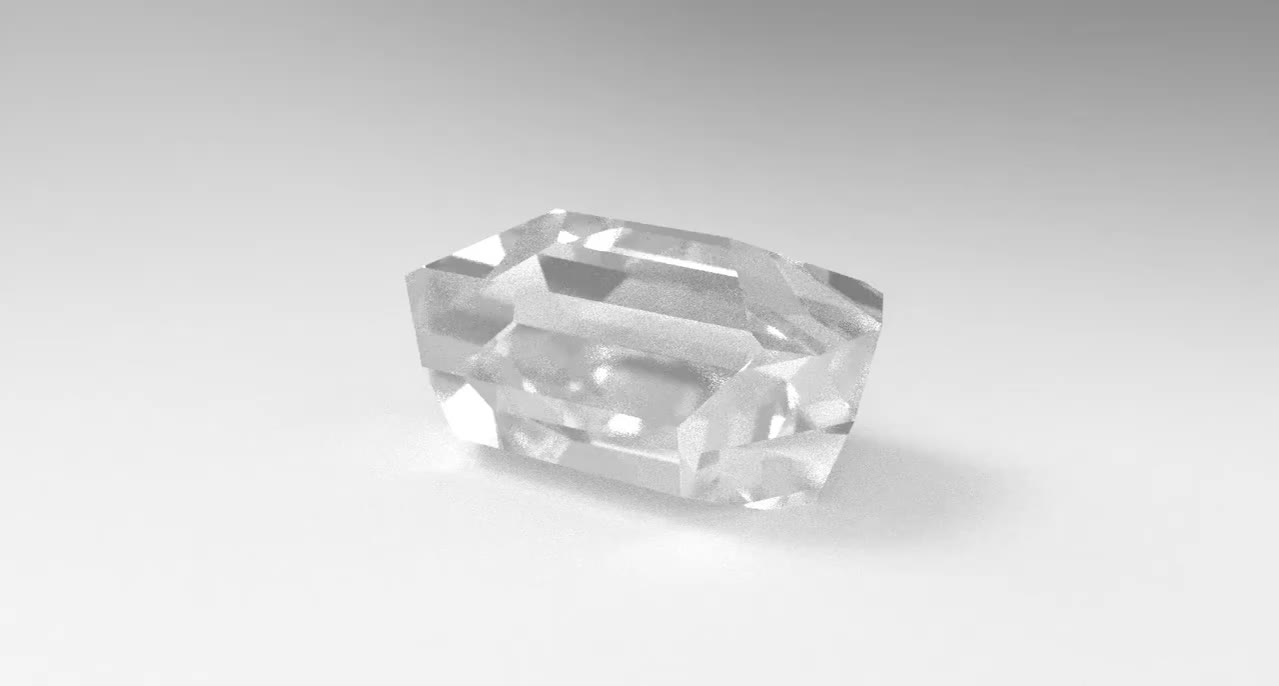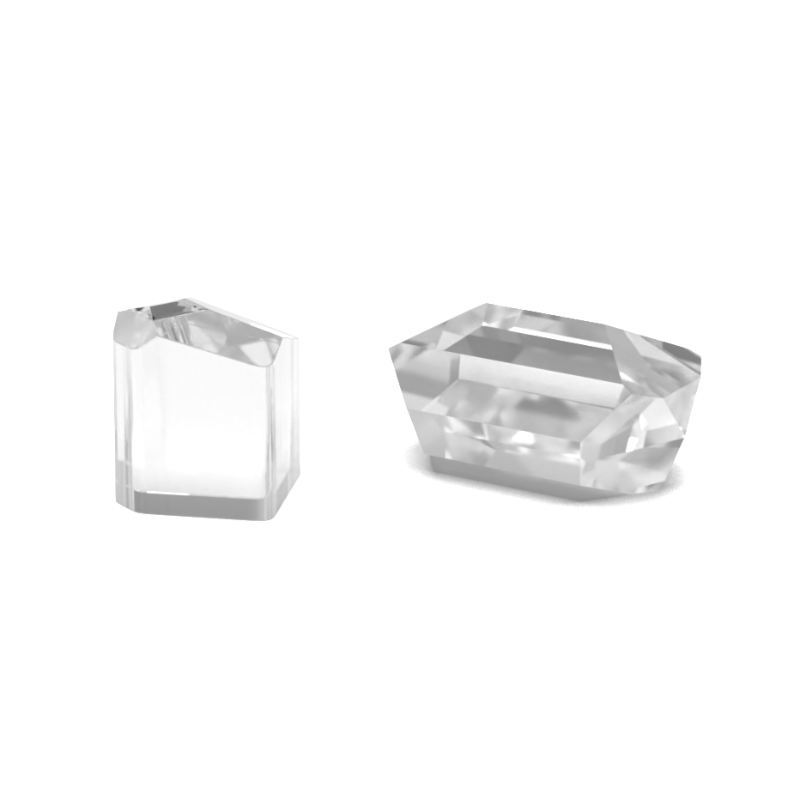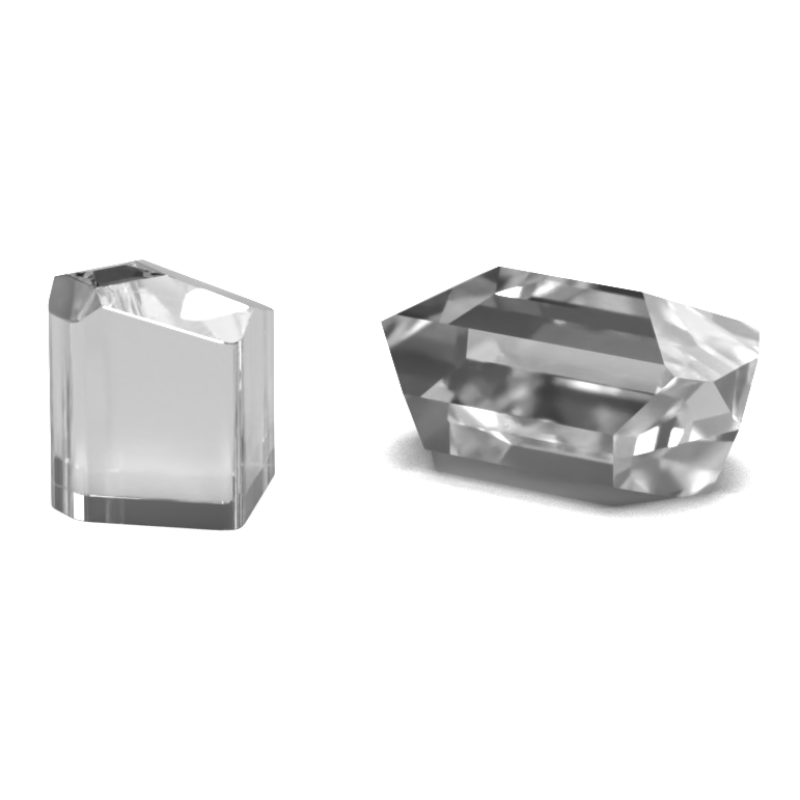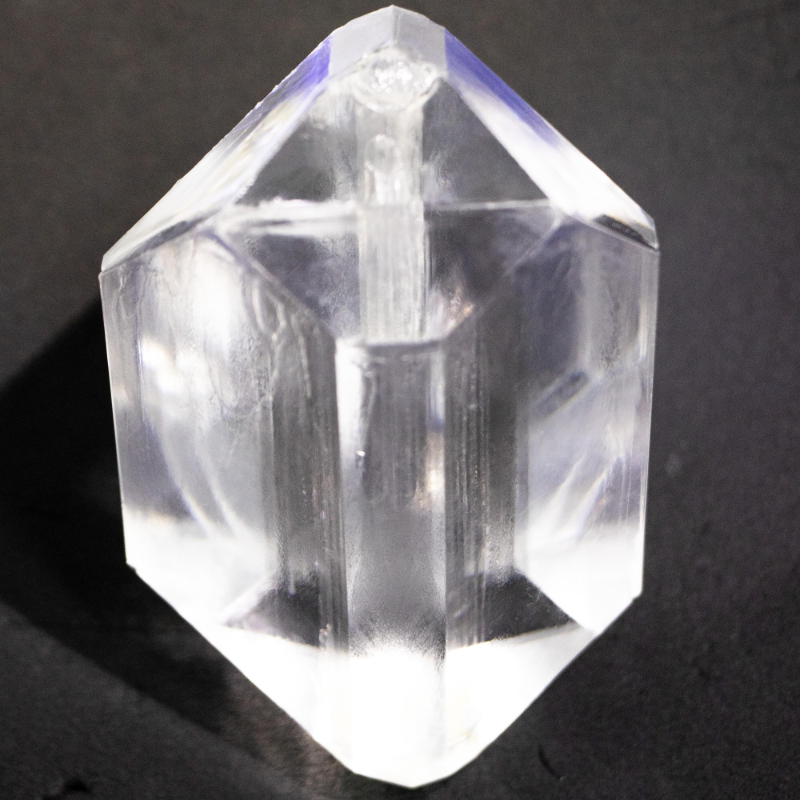DlaTGS
We are available 24/7 by e-mail, whatsapp or by phone. You can also use our quick contact form to ask a question about our products.
Product Description:
DLATGS crystal is a crystalline material with a pyroelectric effect, which can provide a wide range of infrared radiation from the near-ultraviolet (NUV) light edge of 0.4 μm (~750 THz) to the far-infrared spectrum of 200 μm (~1.5 THz). It has a wide range of uses in aerospace, military, medical, and fire safety fields.
TGS (Triglycine Sulfate) is an excellent material for use as a sensitive element in pyroelectric sensors because of its high pyroelectric coefficient, reasonably low dielectric constant, and optimal figure of merit. TGS-based pyroelectric sensors are sensitive to radiation in the wavelength range from ultraviolet to far-infrared and do not require the use of cryogen cooling. The Curie temperature point of TGS is about 47°C. By deuteration of TGS, the Curie temperature can be increased to more than 60°C. When a sufficient amount of L-alanine is incorporated into the crystal, the crystal can lock polarization-the crystals have pyroelectric properties without extra polarization. In addition, after heating the crystal above the Curie temperature, and then cooling below the Curie temperature, the pyroelectric properties can still be restored, therefore the crystal has high stability, is suitable for making pyroelectric devices with stable performance in high working temperature.
Related product recommendations




